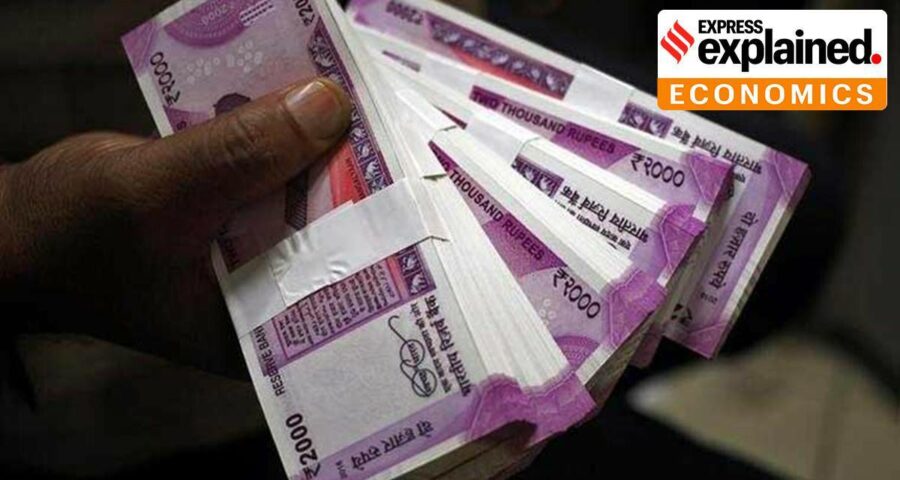The Union Cabinet Wednesday (July 28) cleared changes to the deposit insurance laws to provide funds up to Rs 5 lakh to an account holder within 90 days in the event of a bank coming under the moratorium imposed by the RBI.
Recent troubles for depositors in getting immediate access to their funds in banks such as Punjab & Maharashtra Co-operative (PMC) Bank, Yes Bank and Lakshmi Vilas Bank has put spotlight on the subject of deposit insurance. The Union Cabinet Wednesday cleared changes to the deposit insurance laws to provide funds up to Rs 5 lakh to an account holder within 90 days in the event of a bank coming under the moratorium imposed by the RBI.
Earlier, account holders had to wait for years till the liquidation or restructuring of a distressed lender to get their deposits that are insured against default. The Centre plans to introduce the Deposit Insurance & Credit Guarantee Corporation (Amendment) Bill 2021 in the ongoing Monsoon session of Parliament.
Newsletter | Click to get the day’s best explainers in your inbox
What is deposit insurance?
Currently, in an unlikely event of a bank failing in India, a depositor has a claim to a maximum of Rs 5 lakh per account as insurance cover. The cover of Rs 5 lakh per depositor is provided by the Deposit Insurance and Credit Guarantee Corporation (DICGC), which is a fully owned subsidiary of the Reserve Bank of India. Depositors having more than Rs 5 lakh in their account have no legal recourse to recover funds in case a bank collapses. While the depositors enjoy the highest safety on their funds parked with banks, unlike the equity and bond investors in the banks, an element of risk always lurks on their deposits in case a bank collapses.
Who pays for this insurance?
Deposits in public and private sector banks, local area banks, small finance banks, regional rural banks, cooperative banks, Indian branches of foreign banks and payments banks are all insured by the DICGC. The premium for this insurance is paid by banks to the DICGC, and not be passed on to depositors. Banks currently pay a minimum of 10 paise on every Rs 100 worth deposits to the DICGC as premium for the insurance cover, which is now being raised to a minimum of 12 paise.
Last year, the government raised the insurance amount to Rs 5 lakh from Rs 1 lakh. Prior to that, the DICGC had revised the deposit insurance cover to Rs 1 lakh on May 1, 1993 — raising it from Rs 30,000, which had been the cover from 1980 onward.
How will the fresh changes benefit account holders?
According to the finance ministry, depositors normally end up waiting for 8-10 years before they are able to access their deposits in a distressed bank only after its complete liquidation. With the changes being proposed to the law, now depositors will get insurance money within 90 days, without waiting for eventual liquidation of the distressed banks. This will cover banks already under moratorium and those that could come under moratorium. Within the first 45 days of the bank being put under moratorium, the DICGC would collect all information relating to deposit accounts. In the next 45 days, it will review the information and repay depositors closer to the 90th day. This will be beneficial to depositors of PMC Bank, under moratorium since September 2019, with depositors not being able to access funds beyond Rs 1 lakh.
Source: Read Full Article



